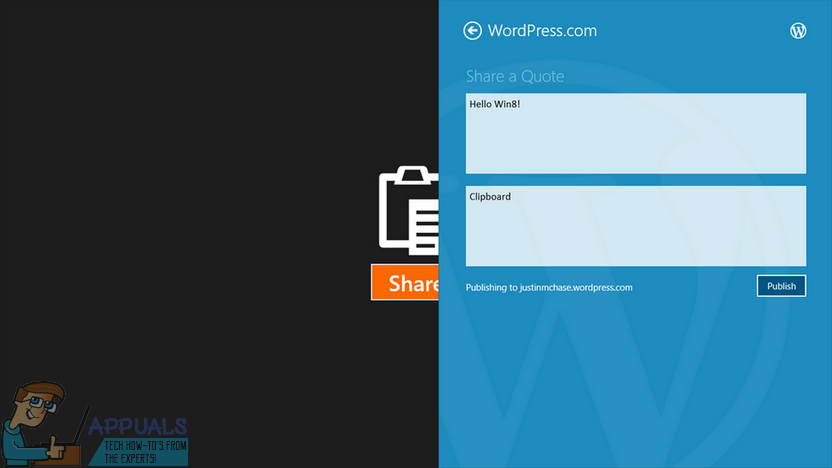On a Windows computer, when you press Ctrl + V the last piece of data you copied or moved from another place is copied over or moved to where you pressed the Paste shortcut. However, what if you need something you copied or moved that was not the last piece of data you copied or moved? This is where the Clipboard steps in – you can simply view your Clipboard, locate what you require and copy the data over from the Clipboard. Windows XP came with a pre-installed Clipboard Viewer (clipbrd.exe) that could be used to view the entire Clipboard of a computer running on Windows 10. However, unfortunately, none of the iterations of the Windows Operating System that have been created and released after Windows XP have come with built-in Clipboard viewing or managing utilities.
Built-in Clipboard History
But with the release of the October 2018 update for Windows 10 (Version 1809), Microsoft has introduced this functionality in Windows 10- the latest and greatest in the long line of Windows Operating Systems. For details about the built-in Clipboard, please visit the official Microsoft page. Currently, the built-in clipboard history only supports text, HTML, and images less than 4 MB in size. To enable it, perform the following steps: Although office applications like MS Word have a built-in clipboard which can be used in the applications. You can bring that on by clicking on Clipboard on the Home menu of the application.
Other Methods:
So what do Windows 10 users have to do to be able to take a look at their Clipboard history other than the built-in clipboard? Well, the following are the methods you can use to view your Clipboard history on a Windows 10 computer:
Method 1: Download and Use the Clipboard App
There exists on the Windows Store a Clipboard app that has been designed to allow Windows 10 users to share data they copy or move while using their computers to and from their respective Clipboards by sharing them using Windows 10’s Share charm. The Clipboard app is extremely simple and is also in every single Windows 10 user’s reach, so downloading and using it to view your Clipboard history is an extremely easy process. To use this method to view your Clipboard history, you need to:
Method 2: Download and use Clipdiary
If the Clipboard app that is readily available on the Windows Store doesn’t fulfill your requirements or you simply don’t like it for some reason, fear not – you still have one other option in the form of the myriad of third-party Clipboard viewers and managers that are available for Windows 10. One of the best Clipboard viewing and managing programs designed for Windows 10 out there is one that goes by the name Clipdiary. Clipdiary is completely free and can be used to do everything from taking a look at every single thing you have copied to your computer’s Clipboard during your current session to deleting or editing specific Clipboard entries. And of course, you can use Clipdiary to freely copy things over from your computer’s Clipboard. To download and use Clipdiary to view your Clipboard history on Windows 10, you need to: Clipdiary supports everything you could want to copy over to your computer’s Clipboard – from text and images to HTML links and even the names of files on your computer that you have copied on to the Clipboard.
Microsoft Will Sync Clipboard To The Cloud For Windows 10 And Android In…Fix: “Sorry, No Manipulations With Clipboard Allowed” on macOS?Microsoft Teams Users: 3×3 Grid View Is Nice, But A 5×5 View Is What We Need For…How To Check & Delete Usage History On Your Windows PC




